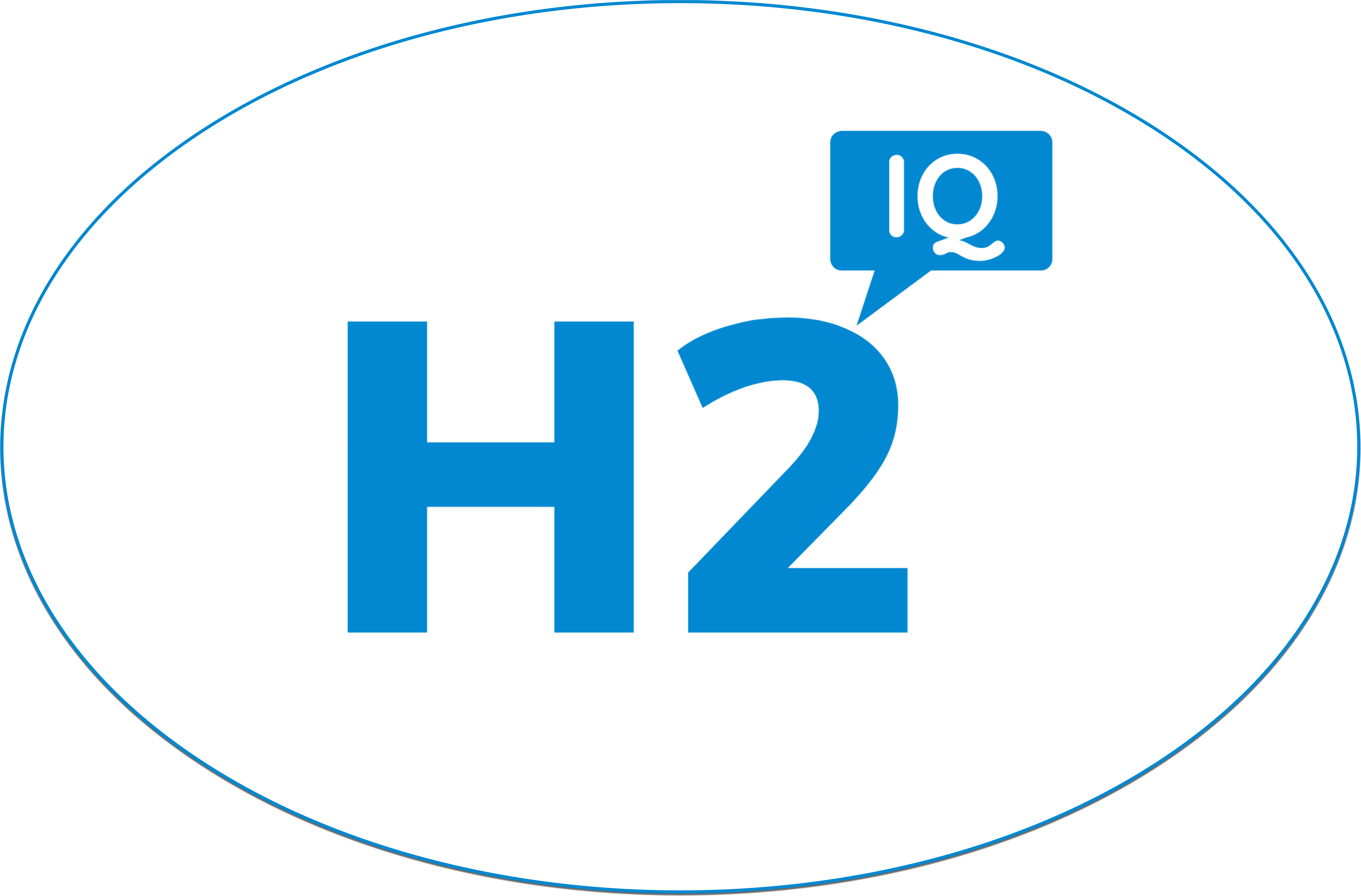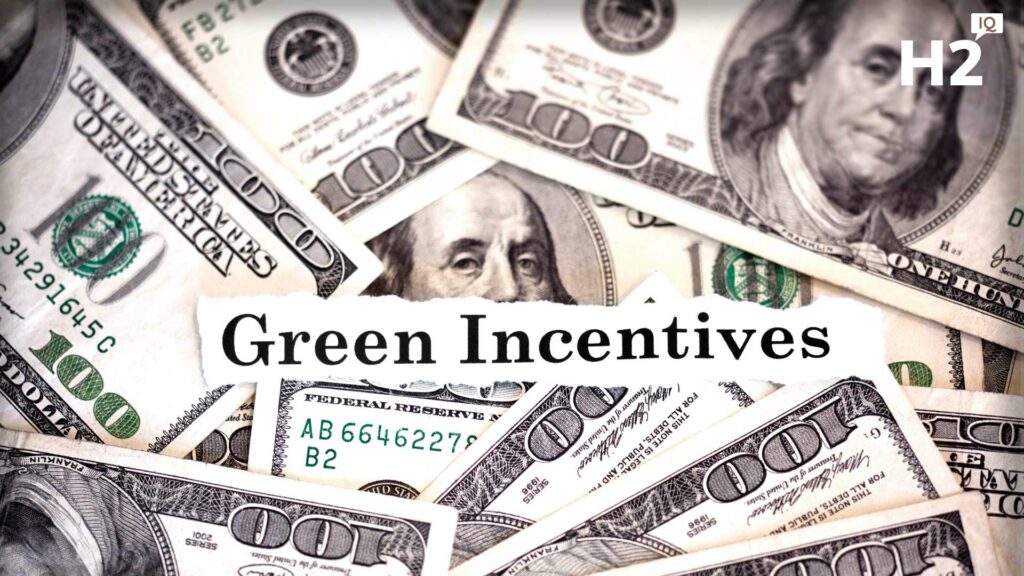As the world continues to shift towards more sustainable energy solutions, the United States government has implemented various incentives at both federal and state levels to encourage the adoption of alternative energy sources. These incentives aim to reduce greenhouse gas emissions, promote energy independence, and foster the growth of the renewable energy sector. Below is a comprehensive guide to the major federal and state alternative energy incentives available in the USA.
Federal Incentives
- Investment Tax Credit (ITC)
- Description: The ITC is a crucial incentive for the renewable energy industry. It allows residential and commercial solar energy system owners to deduct a percentage of their installation costs from their federal taxes. The ITC covers not only solar energy but also other renewable technologies like fuel cells and small wind turbines.
- Current Rate: As of 2024, the ITC offers a 30% tax credit for systems installed before the end of 2032, after which it will begin to phase down.
- Eligibility: Homeowners and businesses that install qualifying renewable energy systems.
- Production Tax Credit (PTC)
- Description: The PTC provides a per-kilowatt-hour (kWh) tax credit for electricity generated by qualified energy resources and sold to an unrelated person during the taxable year. This incentive has been instrumental in the growth of wind energy in the USA.
- Current Rate: The credit amount varies by technology and is adjusted annually for inflation.
- Eligibility: Owners of wind, geothermal, biomass, and other renewable energy projects.
- Modified Accelerated Cost Recovery System (MACRS)
- Description: MACRS allows businesses to recover investments in renewable energy systems through depreciation deductions over a set period. This incentive reduces the tax burden on renewable energy investments, making them more financially attractive.
- Depreciation Period: Typically, five years for most renewable energy systems.
- Eligibility: Businesses investing in renewable energy equipment.
- Residential Energy Efficient Property Credit
- Description: This credit applies to homeowners who install renewable energy systems such as solar panels, solar water heaters, small wind turbines, and geothermal heat pumps.
- Current Rate: Up to 30% of the cost of qualifying systems.
- Eligibility: Homeowners installing qualifying systems in their primary or secondary homes.
State Incentives
State government incentives for clean energy for the state of…
Each state offers its own set of incentives, which can significantly enhance the benefits provided by federal programs. Below are some notable state-level incentives:
Here is a list of all the states in the United States of America in alphabetical order with links to an individual page for more information about the state’s clean energy incentives and tax credits:
- Alabama
- Alaska
- Arizona
- Arkansas
- California
- Colorado
- Connecticut
- Delaware
- Florida
- Georgia
- Hawaii
- Idaho
- Illinois
- Indiana
- Iowa
- Kansas
- Kentucky
- Louisiana
- Maine
- Maryland
- Massachusetts
- Michigan
- Minnesota
- Mississippi
- Missouri
- Montana
- Nebraska
- Nevada
- New Hampshire
- New Jersey
- New Mexico
- New York
- North Carolina
- North Dakota
- Ohio
- Oklahoma
- Oregon
- Pennsylvania
- Rhode Island
- South Carolina
- South Dakota
- Tennessee
- Texas
- Utah
- Vermont
- Virginia
- Washington
- West Virginia
- Wisconsin
- Wyoming
Here is a list of the states in the United States ranked by their Gross Domestic Product (GDP) based on the most recent data available (2022). Click on the state to see more information about each state’s clean energy incentives and tax credits.
- California – $3.9 trillion
- Texas – $2.3 trillion
- New York – $2.0 trillion
- Florida – $1.3 trillion
- Illinois – $1.0 trillion
- Pennsylvania – $937 billion
- Ohio – $816 billion
- Georgia – $801 billion
- New Jersey – $796 billion
- North Carolina – $780 billion
- Washington – $778 billion
- Massachusetts – $717 billion
- Virginia – $662 billion
- Michigan – $630 billion
- Maryland – $455 billion
- Colorado – $454 billion
- Tennessee – $444 billion
- Arizona – $436 billion
- Indiana – $424 billion
- Missouri – $398 billion
- Wisconsin – $398 billion
- Minnesota – $397 billion
- Oregon – $332 billion
- South Carolina – $329 billion
- Alabama – $288 billion
- Kentucky – $287 billion
- Louisiana – $285 billion
- Connecticut – $283 billion
- Oklahoma – $271 billion
- Utah – $257 billion
- Nevada – $243 billion
- Iowa – $237 billion
- Kansas – $231 billion
- Arkansas – $167 billion
- Mississippi – $127 billion
- Nebraska – $154 billion
- New Mexico – $140 billion
- West Virginia – $85 billion
- Hawaii – $111 billion
- Idaho – $118 billion
- Maine – $82 billion
- Montana – $63 billion
- Delaware – $87 billion
- Rhode Island – $74 billion
- South Dakota – $68 billion
- North Dakota – $69 billion
- New Hampshire – $106 billion
- Vermont – $39 billion
- Alaska – $66 billion
- Wyoming – $42 billion
- California Solar Initiative (CSI)
- Description: The CSI provides rebates to homeowners and businesses that install solar energy systems. California is a leader in solar energy, and this program has played a significant role in making solar power more affordable.
- Eligibility: California residents and businesses installing solar PV systems.
- New York State Energy Research and Development Authority (NYSERDA) Incentives
- Description: NYSERDA offers various incentives, including rebates and low-interest financing, to support renewable energy projects such as solar, wind, and geothermal installations.
- Eligibility: New York residents and businesses pursuing renewable energy projects.
- Texas Renewable Energy Systems Property Tax Exemption
- Description: Texas offers a property tax exemption for the added value of renewable energy systems installed on properties. This incentive can significantly reduce the overall cost of ownership for renewable energy systems.
- Eligibility: Texas property owners who install renewable energy systems.
- Massachusetts Clean Energy Center (MassCEC) Solar Rebate Program
- Description: The MassCEC Solar Rebate Program offers rebates to Massachusetts residents who install solar PV systems. The program is designed to help reduce the upfront costs of solar installations.
- Eligibility: Massachusetts residents installing solar PV systems.
- Washington State Renewable Energy System Incentives
- Description: Washington offers production incentives for renewable energy systems, providing payments based on the amount of energy generated by the system.
- Eligibility: Washington state residents and businesses with qualifying renewable energy systems.
Conclusion
The combination of federal and state incentives makes investing in alternative energy systems in the United States more financially feasible. These incentives not only help reduce the initial costs of renewable energy systems but also provide ongoing benefits that can improve the return on investment. Homeowners and businesses should explore the specific incentives available in their state and take advantage of these programs to contribute to a more sustainable future.
By leveraging these incentives, you can not only reduce your energy costs but also play a role in the global effort to combat climate change
———————- SUPPORT OUR ADVERTISERS ———————-





